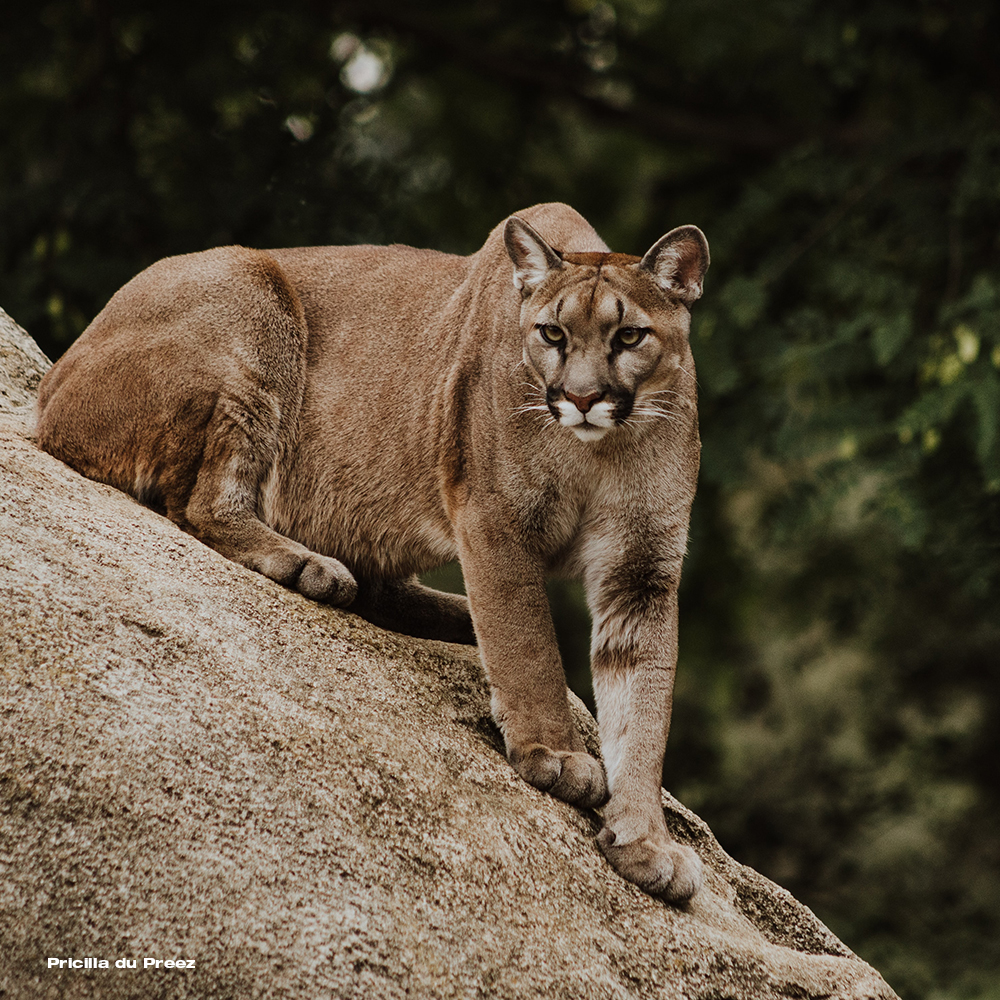Last week, a home security camera in a suburban Woodland Hills neighborhood captured shocking footage of a coyote attacking a toddler girl. Having just returned home from preschool pick-up, the child’s father had turned his back for just a moment as he unloaded the SUV. When he heard his child screaming, he ran to the other side of the car, scooped up his child, and chased away the wild animal. Thankfully, the toddler had minor injuries and was treated quickly in the emergency room.
When a local news station came to the neighborhood later that night to film a segment, incredibly, the same coyote returned to the yard. A few days later, the California Department of Fish and Wildlife announced they had captured and euthanized the aggressive animal.
Such bold behavior in urban settings by predatory animals is usually rare; but some local residents fear dangerous interactions with wildlife will only increase with the building of a new wildlife crossing.
Earlier this year, California leaders broke ground for the Wallis Annenberg Wildlife Crossing over the 101-freeway, located near where the Woodland Hills incident occurred. To be completed in 2025, the $84 million project intends to provide a safe passage between protected lands in the Santa Monica Mountains. Once finished, it will be the largest of its kind in the world.
Conservationists believe that the crossing will encourage growth and genetic diversity within Southern California mountain lion populations. The crossing will provide wildlife greater access to food and mates. Without the crossing, experts predict that Santa Monica mountain lions would be extinct within our lifetime.
Even if mountain lion populations grow, mountain lions typically keep to themselves and pose no true threat to city centers. Exceptions do exist, such as the famous P-22 who resides in the 8 square miles of Griffith Park. Although P-22 lived in the park for the past 11 years, last week the California Department of Fish and Wildlife captured the big cat, as he had been showing signs of distress and had been seen wandering LA neighborhoods. Following an examination at the San Diego Zoo, wildlife experts determined he had been struck by a car and humanely euthanized the animal. Regardless, such instances are rare as the big cats typically stay away from urban environments when given enough space.
Mountain lions rely on stealth and shrubbery to hunt; coyotes, on the other hand, thrive in open environments and can scavenge for food. A solitary male mountain lion typically requires 200 square miles of territory; a small pack of coyotes needs just about 10 square miles, and can thrive in even smaller greenspaces within cities. As such, coyotes have a comparative advantage over mountain lions in adapting to suburban environments. In fact, coyote populations have exploded across North America over the last several decades.
With the ability to thrive in urban environments and with the addition of the crossing over the 101, wildlife experts must carefully monitor the population levels of urban coyotes. Increased populations could create an unintended public safety issue for pets and young children in particular.
There are signs that denser urban coyote populations already pose a public safety issue. Last September, a coyote attacked a child on the Huntington Beach pier – the mother plans to sue the city for negligence. In Torrance, a city council member founded the “Evict Coyotes” movement. Residents frustrated with losing pets and unable to allow kids to play in the backyard alone lobbied for an annual coyote culling program – and won.
Many in California know of at least one person who has lost a pet to a coyote. Others report coyotes following elderly around in public parks, appearing on rooftops, or running alongside women on their morning jogs. In Los Angeles, there have been seven recorded coyote attacks on humans this past year alone.
Urban coyotes lack natural predators – bears, wolves, and mountain lions – that help control the coyote population. While the crossing will likely increase one key coyote predator (namely, mountain lions) the question is, will it be enough?
Many states allow for regular culling when animal populations grow disproportionately larger than what would naturally occur in the wild. As wildlife populations shift as a result of the Wallis Annenberg Wildlife Crossing, local cities should take measures to limit the growth of urban coyotes.
McKenzie Richards is a policy associate at the Pacific Research Institute.


